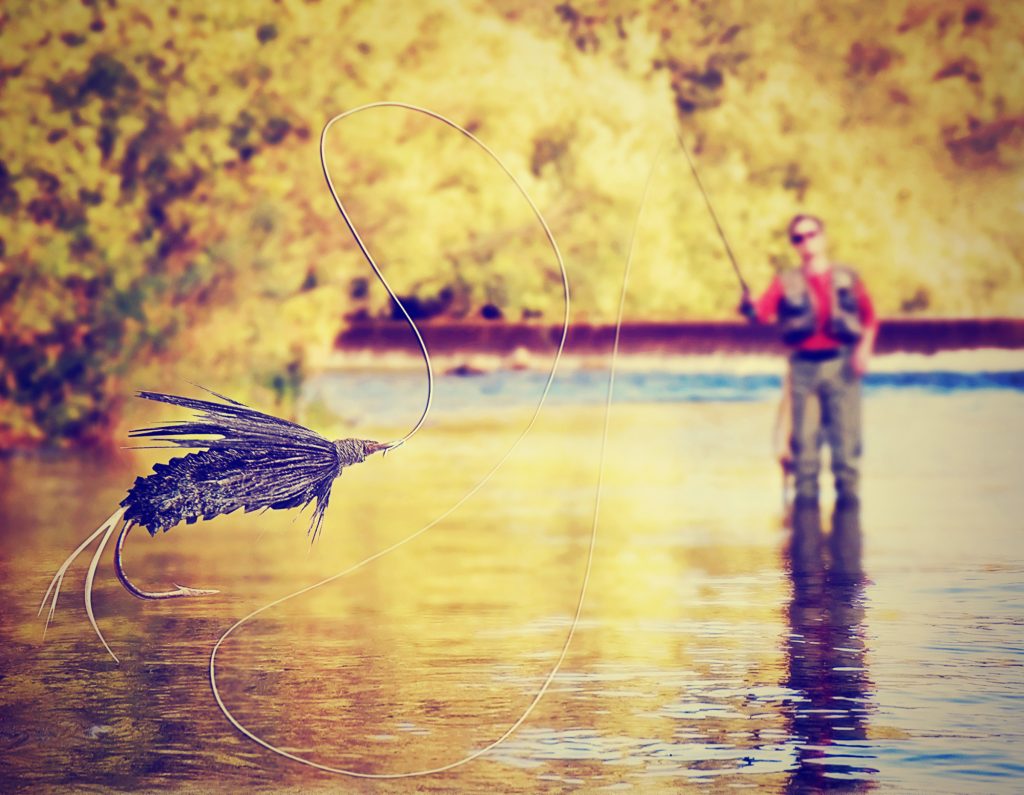How to Fly Fish: A Simple Guide for Beginners
Fly fishing can be one of the most relaxing hobbies around and plenty of fun too, but only if you know what you’re doing.
Ready to learn? Awesome! This is your article.
This sport takes a bit more technique than using a traditional rod and reel, and you’ll need to buy a few new fishing supplies. In this guide, we’ll walk you through the basics of how to fly fish and what gear you’ll need to get started.
Keep reading to learn more.
How to Fly Fish
Unlike standard rod and reel fishing, fly fishing focuses on catching fish on the surface, or just below. An imitation bug or baitfish known as a “fly” is cast repeatedly, in hopes of tricking a fish into biting.
Where and When
Fly fishing around sunrise and sunset is best because that’s when fish will be actively feeding. Though you might find it easier to spot fish lying in riverbed during the afternoon, your intended prey might not be biting.
Find a secluded place to practice, where you won’t have to worry about unexpected visitors or other people fishing.
Look for fallen logs, boulders, and embankments where big fish like to hide. Casting in these areas will help you land a keeper! Fishing downstream of obstacles will capitalize on areas where predatory species like to hunt, and it will keep you from accidentally getting your line tangled.
Tie Your Fly
If you’re new to fly fishing, you’ll want to start with a high-quality fly rod, a few spools of line, and some pre-made affordable flies. These lures mimic aquatic animals and insects commonly found near the water’s surface.
Top picks for beginners include mayflies, caddisflies, and midges.
Later, when you have more experience, you can try tying your own flies. This gives you more control over how your fly is cast, and how it looks to fish when it hits the water.
Casting
Fly fishing uses a few different casting types. And, while it will take you a while to master these techniques, their basic principles are simple. You’ll want to flick your fly along the water’s surface, imitating an insect twitching or drifting in the current.
No matter which cast you use, remember that you’ll want to keep your line loose enough to let your fly move, and tight enough to set your hook when a fish bites.
Hook a Fish
If your first attempts at casting aren’t successful, hang in there! Fly fishing is all about technique.
With a little bit of practice, you’ll soon be getting your first bites. Once you feel a nibble, you’ll need to set the hook. This step creates tension in the line and sinks your fly’s barb into the fish’s mouth, securing it at the end of your line.
Don’t get frustrated if you lose a few fish in the beginning. It’s a part of the learning process!
Gone Fishing
Now that you know the basics of how to fly fish, you’re probably excited to give it a try.
Start by deciding when and where you’ll go and assembling your equipment at home. Spend some time practicing techniques like setting up your rod and fly, and casting in an undisturbed area like your garage or backyard before hitting the river.
Before long, you’ll be catching big fish!
Check out the rest of our lifestyle blog for tips on travel, wellness, sports, and more.

